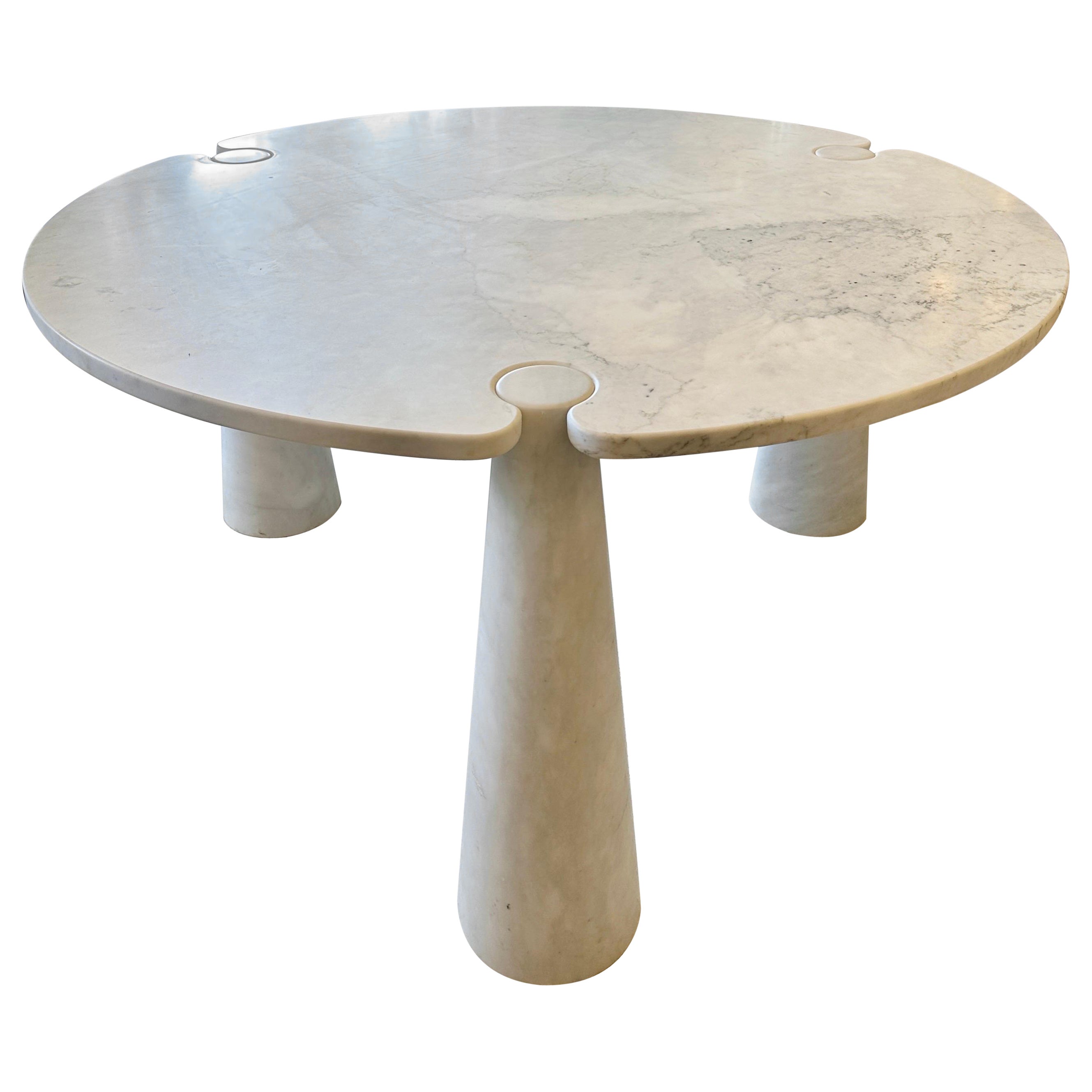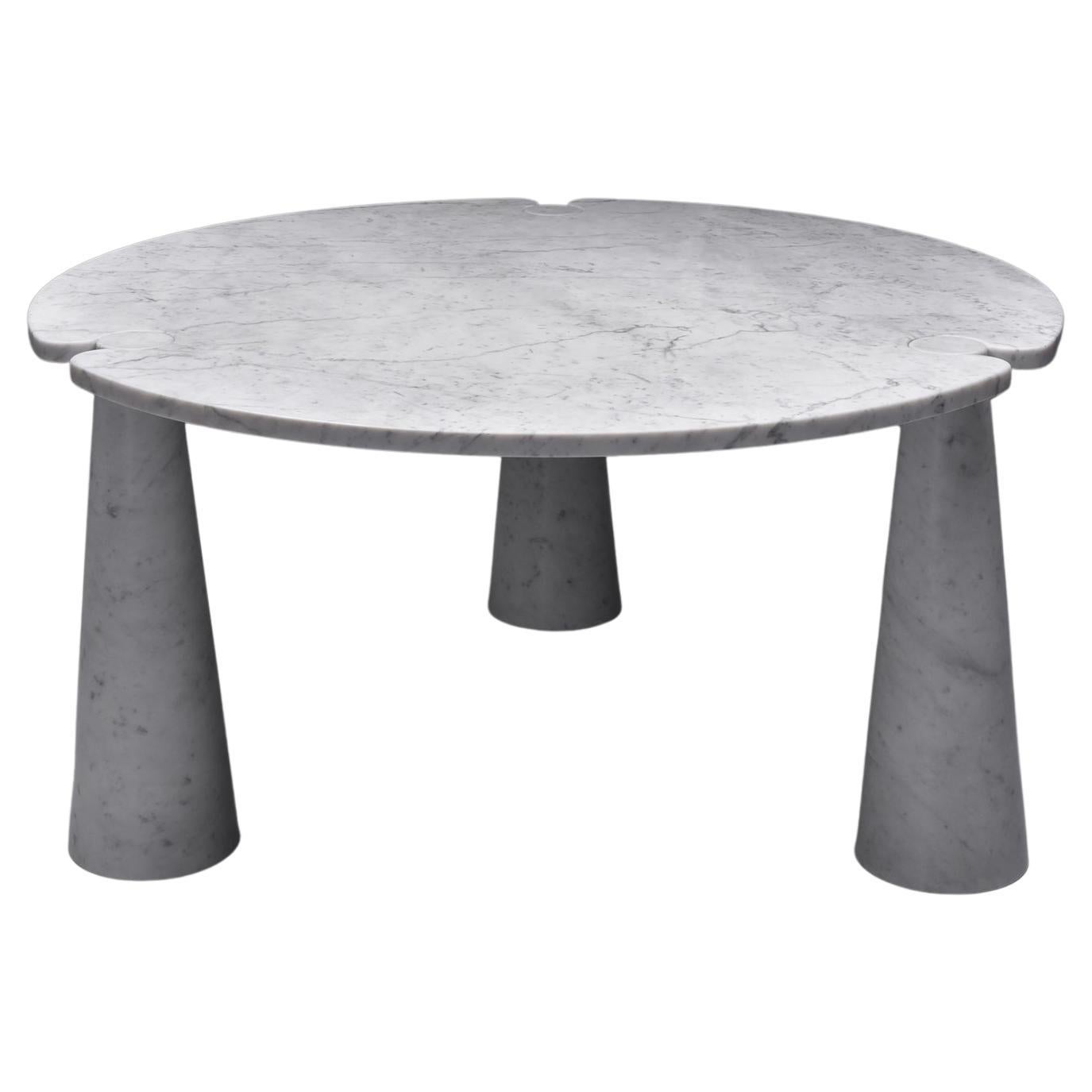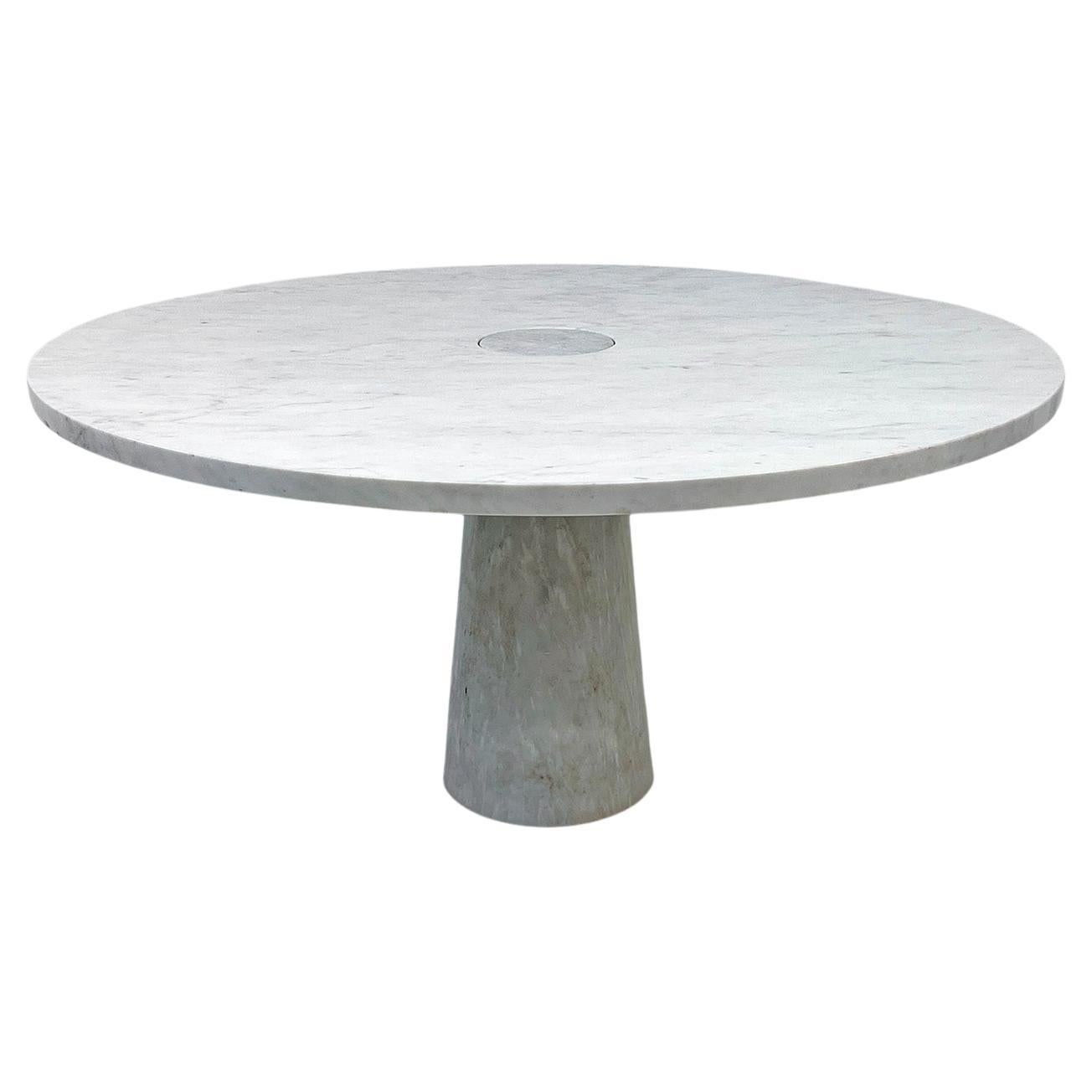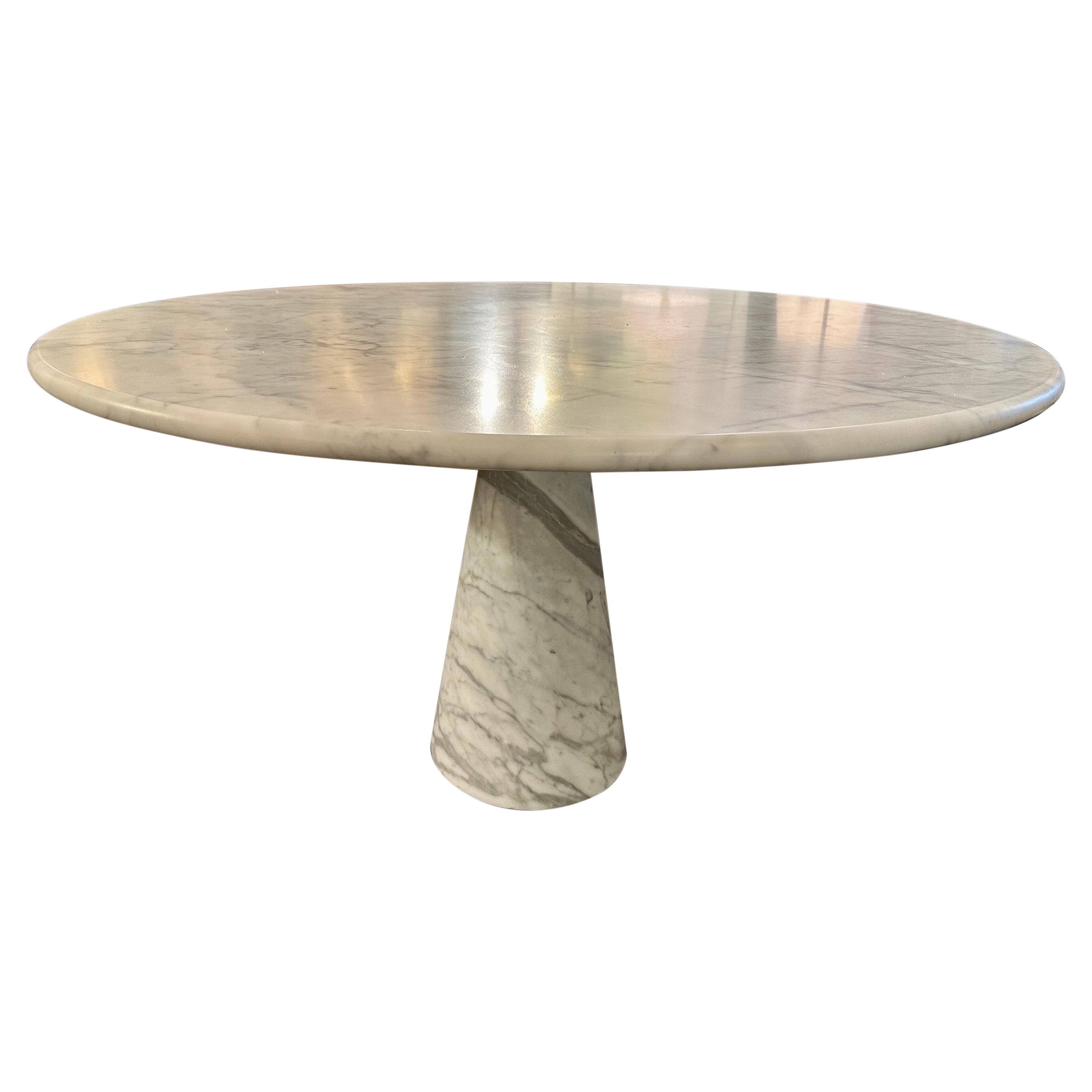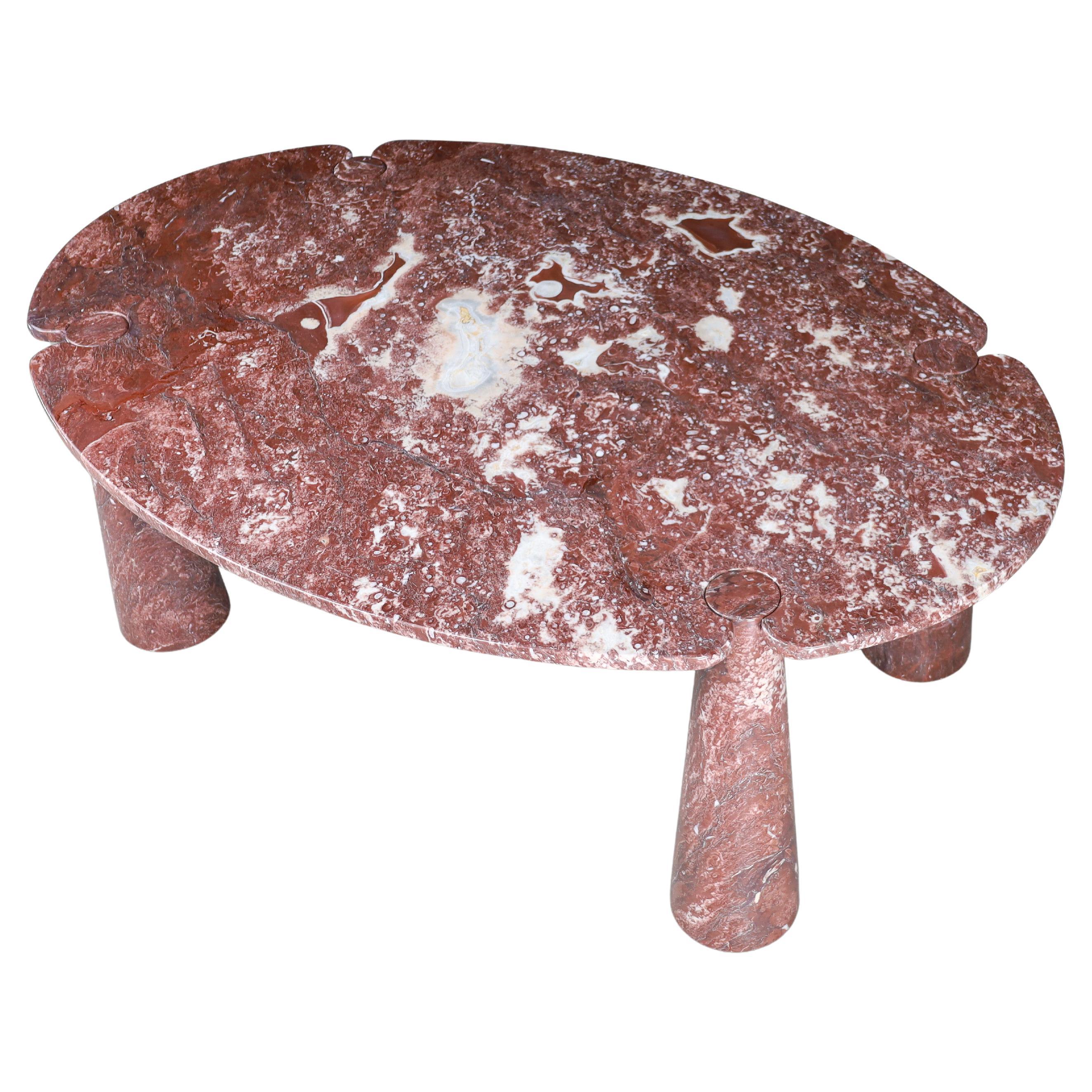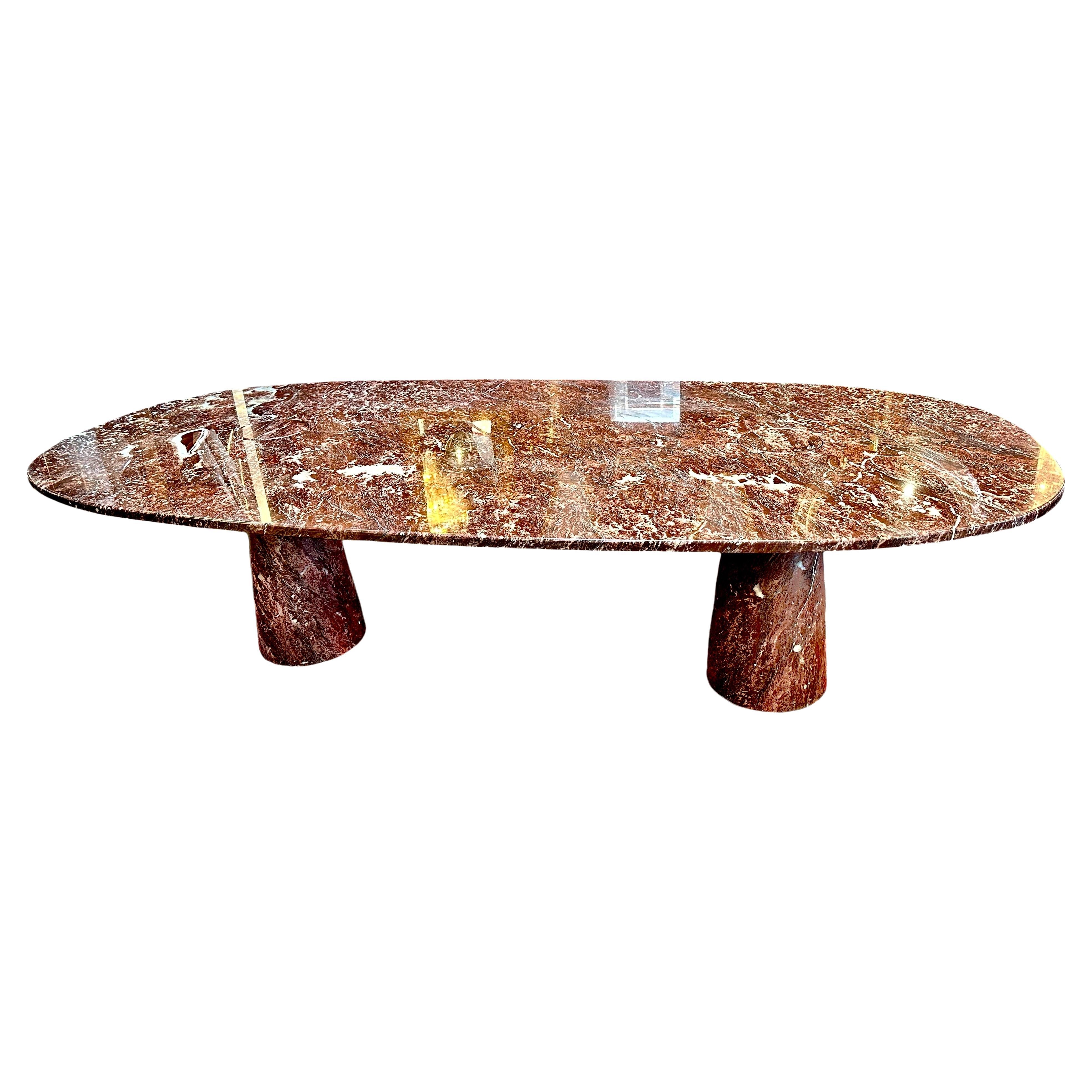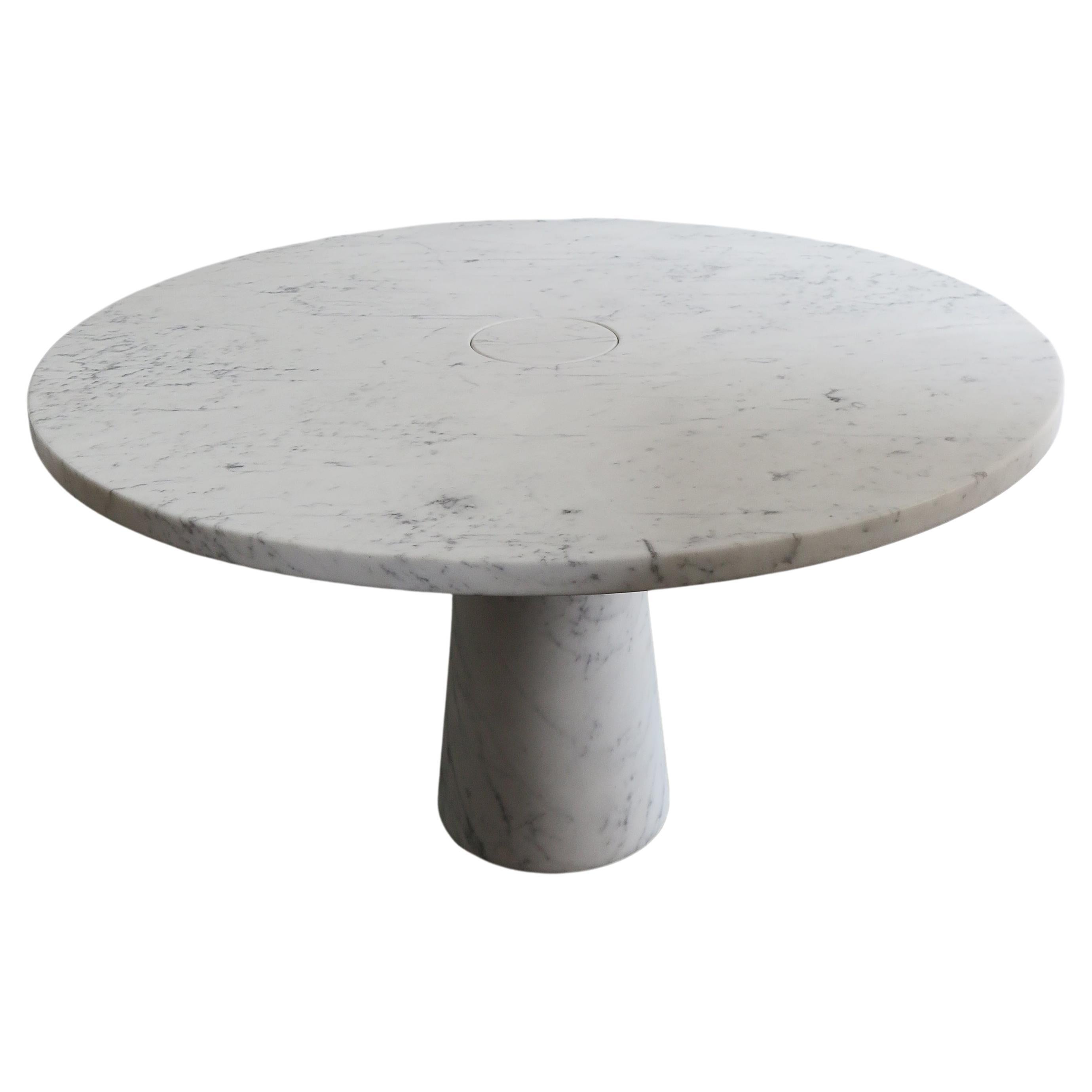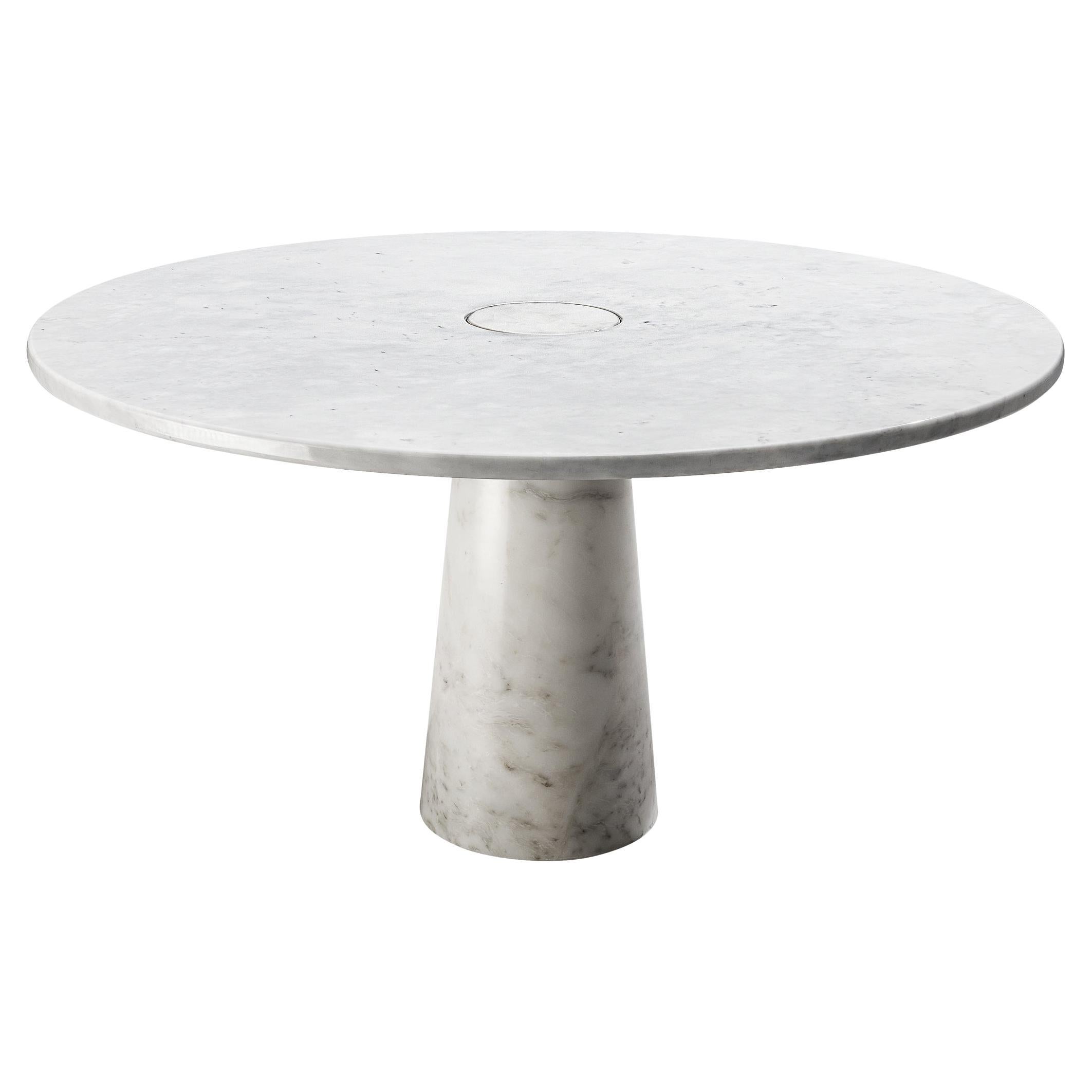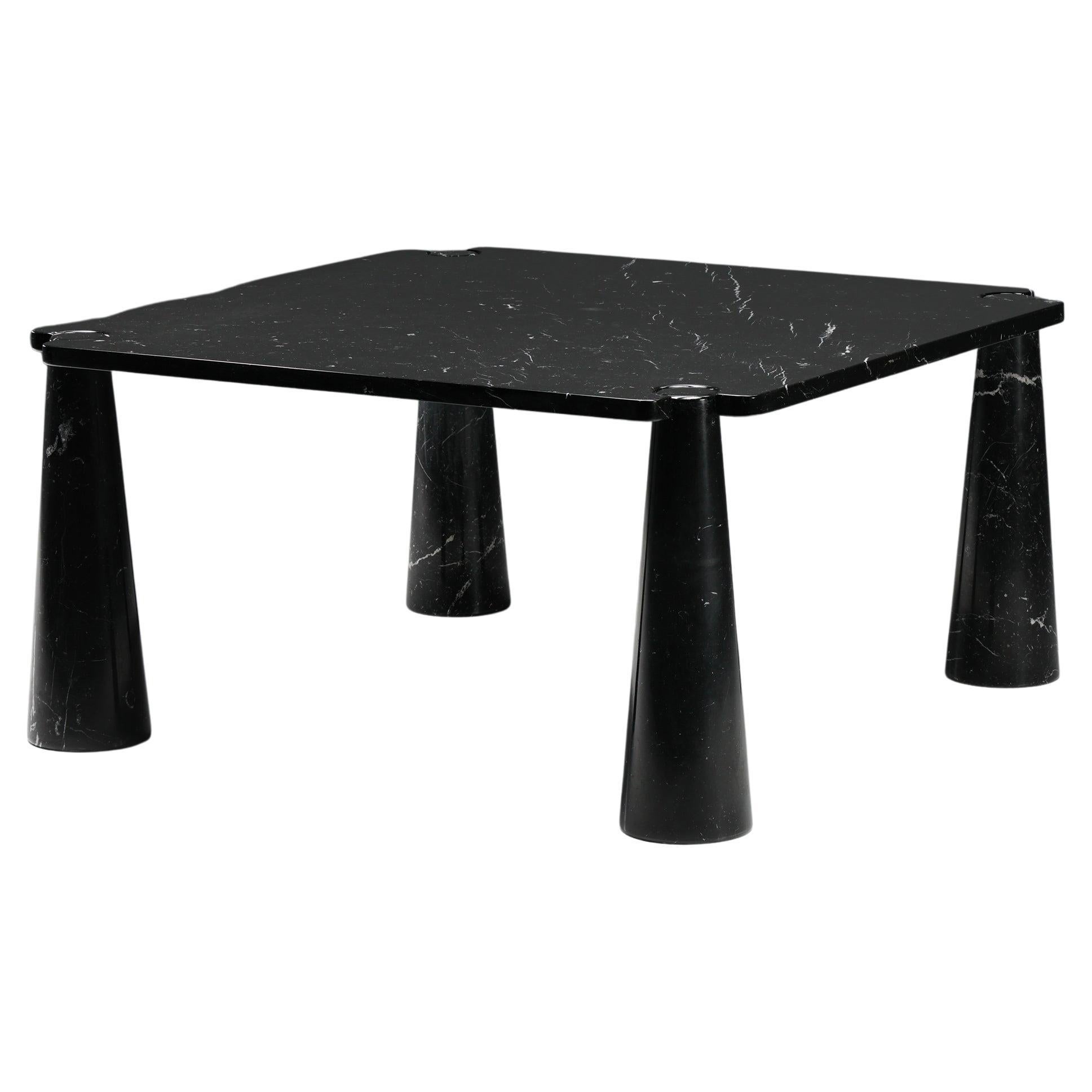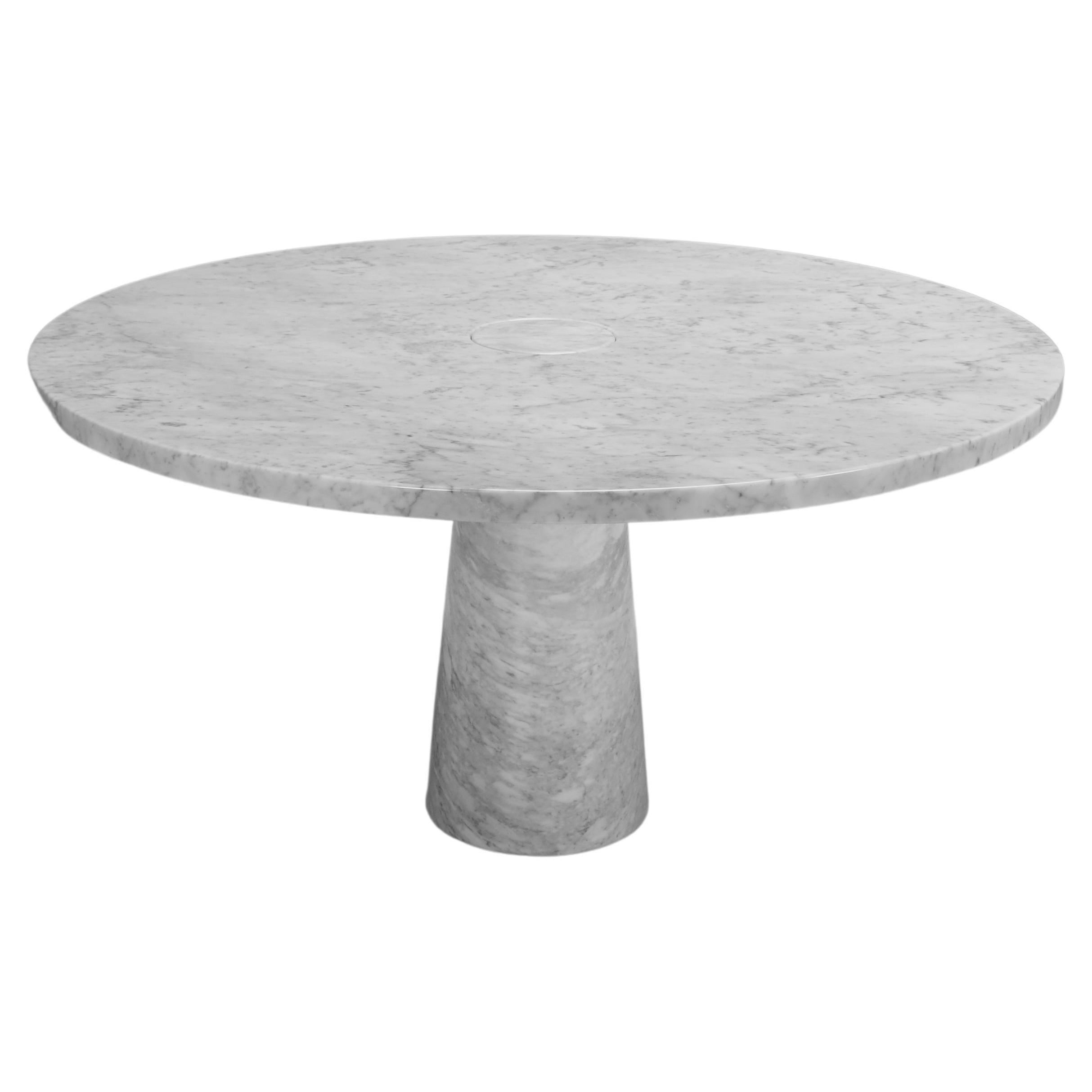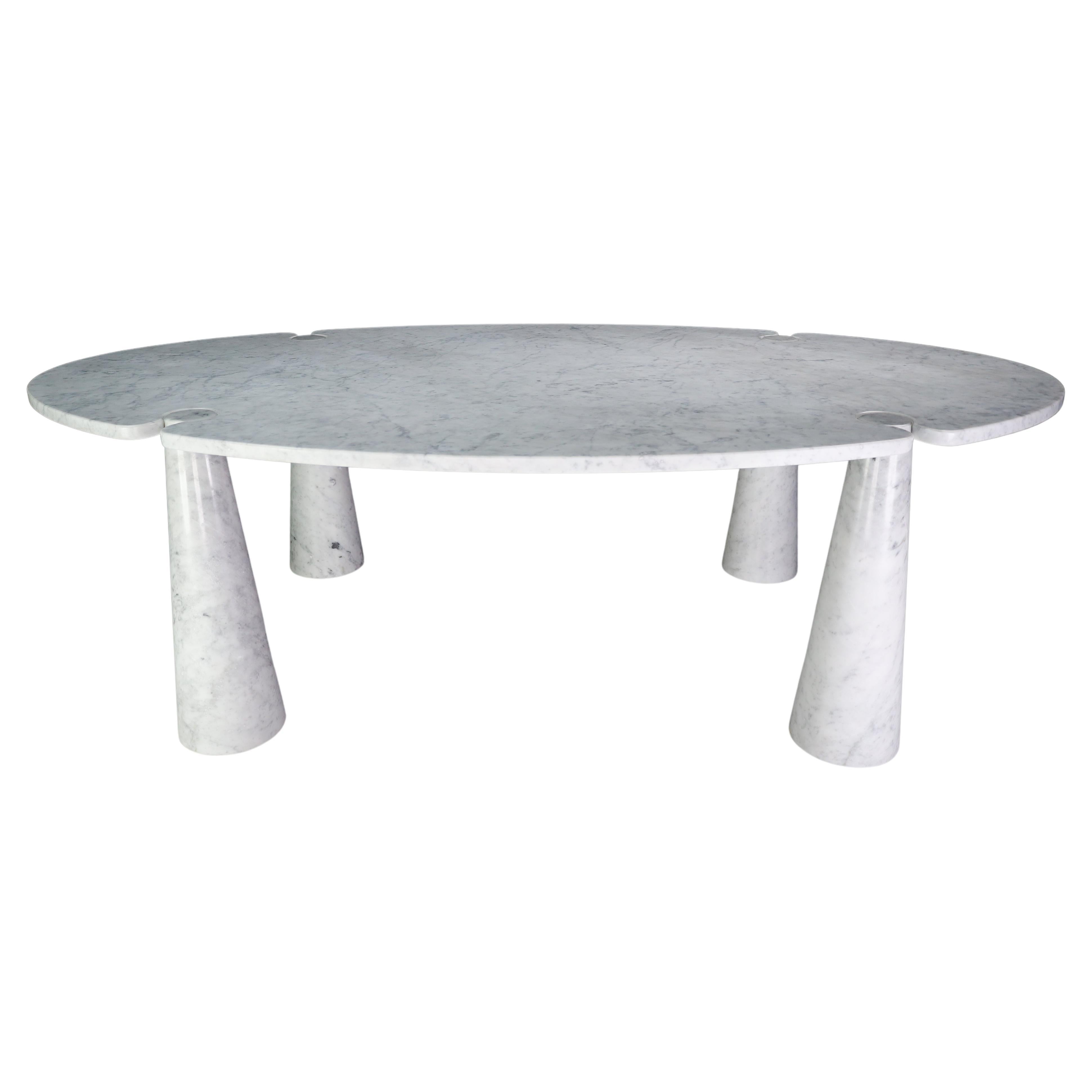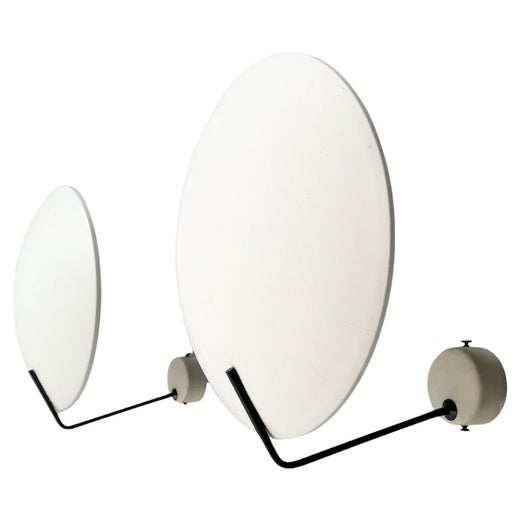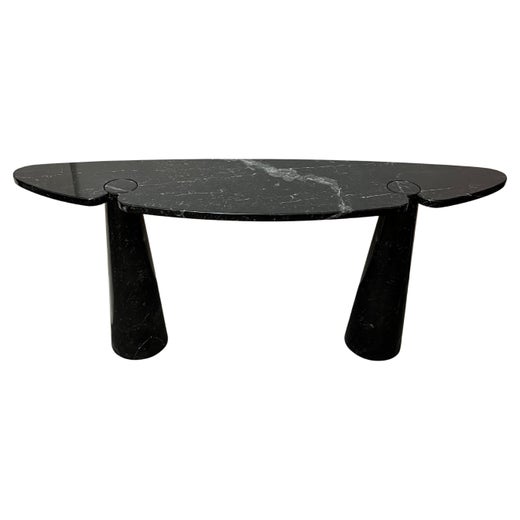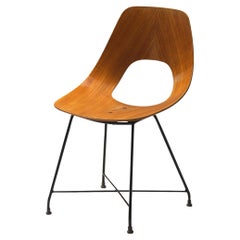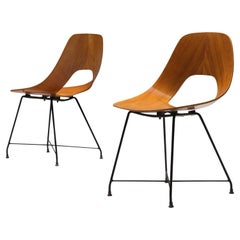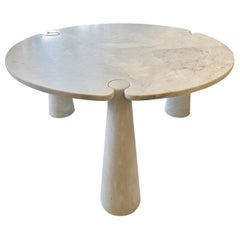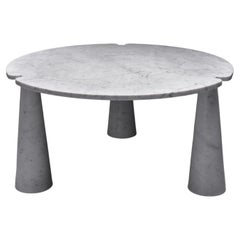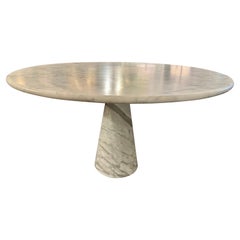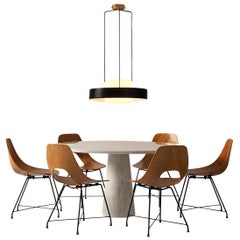
Mangiarotti ‘Eros’ Marble Table with Bozzi ‘Ariston’ Chairs and Stilnovo Lamp
View Similar Items
Mangiarotti ‘Eros’ Marble Table with Bozzi ‘Ariston’ Chairs and Stilnovo Lamp
About the Item
- Creator:Stilnovo (Manufacturer),Saporiti (Manufacturer),Augusto Bozzi (Designer),Bruno Gatta (Designer),Angelo Mangiarotti (Designer)
- Dimensions:Height: 28.35 in (72 cm)Diameter: 53.15 in (135 cm)
- Sold As:Set of 8
- Style:Mid-Century Modern (Of the Period)
- Materials and Techniques:
- Place of Origin:
- Period:
- Date of Manufacture:1970s
- Condition:Refinished. Wear consistent with age and use. Every item Morentz offers is checked by our team of 30 craftsmen in our in-house workshop. Special restoration or reupholstery requests can be done. We guarantee a very highquality standard, ask our design specialists for detailed information.
- Seller Location:Waalwijk, NL
- Reference Number:Seller: 45010373, 50108619, 501086571stDibs: LU933123178002
Bruno Gatta
Milanese lighting designer Bruno Gatta is best known for having founded a legendary postwar lighting manufacturer that produced some of the most innovative and inspiring fixtures of the 20th century during its short lifespan. The Italian company Stilnovo stayed true to its roots by making everything within the country and enlisting a slew of notable designers from the region to create pieces, such as Ettore Sottsass, Antonio Macchi and Joe Colombo.
Though Gatta founded Stilnovo way back in 1946, it is still one of the most instantly recognizable names in lighting. Like many European creatives designing furniture and decor in the wake of World War II, Gatta — an alum of visionary electronics maker Olivetti — leaned toward the new wave of mass-market and streamlined styles. In fact, Stilnovo loosely translates to “new style” in Italian, and vintage Stilnovo chandeliers, floor lamps and other lighting have endured as a practical choice for those looking to bring expressive and forward-thinking design into their homes.
Soon after Stilnovo was established, Gatta’s lighting fixtures were applauded throughout Europe for their novel industrial materials as well as their unique yet functional shapes. Italy during the mid-20th century was completely revolutionary, and Gatta and Stilnovo’s head designer, Angelo Gaetano Sciolari, helped shape the era.
When the 1960s arrived, Stilnovo was experiencing such a boom that the company opened a new production plant in Lainate. One of the brand’s most famous pieces, Giovanni Luigi Gorgoni’s quirky 1965 Buonanotte spherical table lamp, became a best seller.
Gatta partnered with some of the most well-known names in design, including Sottsass, Achille and Pier Giacomo Castiglioni, Colombo and Gae Aulenti. Sottsass’s pieces for Stilnovo, including the 1977 Valigia four-legged table lamp, the 1968 Lampros chandelier and Manifesto ceiling light, and the Castiglionis’ 1957 Saliscendi pendant light fixtures are some of the brand’s most recognizable to date. In 1978, De Pas, D’Urbino and Lomazzi designed the Fante lamp with an adjustable reflector that playfully recalls a broad-brimmed hat.
Stilnovo’s designs, including Danilo and Corrado Aroldi’s flexible Periscope table lamp, were featured in the 1972 exhibition “Italy: The New Domestic Landscape” at the Museum of Modern Art. While Stilnovo continued to operate with new designer collaborations after Gatta’s death, it closed its doors in 1988.
Italian art director Massimo Anselmi acquired the company in 2012 and rereleased several of Stilnovo’s most celebrated pieces. Then in 2019, lighting giant Linea Light Group purchased Stilnovo and relaunched its classic designs with contemporary touches like LED lighting systems.
Find vintage Bruno Gatta chandeliers, wall lights, table lamps and other fixtures on 1stDibs.
Angelo Mangiarotti
Italian architect, designer, teacher and urban planner Angelo Mangiarotti was a leading light in the international design community from the 1960s onward. While he was an adherent of the rationalist principles of purity of line and simplicity of construction, he sought to imbue his designs for coffee tables, dining chairs, sconces and other furnishings with a sense of character and lightness of spirit that was often lacking in late-20th-century modernist architecture and design.
Born in Milan, Mangiarotti studied architecture at Milan Polytechnic, graduating in 1948. Five years later, he won a visiting professorship at the Illinois Institute of Technology — beginning a peripatetic academic career that would see him teaching in numerous Italian institutions as well as in schools as far afield as Hawaii and Australia. He worked with Bauhaus eminences Ludwig Mies van der Rohe and met such greats as Frank Lloyd Wright and Walter Gropius. He returned to Italy in 1955 and would go on to work on numerous industrial, residential, commercial and civic projects in his home country, most notably a group of six railway stations in Milan.
As a designer, Mangiarotti and the development of his career embodies the evolution of modernism in the latter decades of the 20th century. In the late 1950s and early ’60s, after early experiments in plywood furniture and one-piece foam-core seating — including the 1110 lounge chair for Cassina — Mangiarotti began to design using more classic materials, from delicate, curvaceous blown-glass table lamps for Artemide to chandeliers with crystal links for Vistosi.
In 1971, Mangiarotti introduced what became his signature designs: a series of tables in marble and other stones that featured “gravity joints,” their legs held in place by the weight of the tabletop. Tables in his Eros collection have muscular proportions that anticipate the robust, overscaled lines of postmodern works that would appear 10 years later: His Eccentrico table, for example, is a striking assemblage in marble featuring a top that is cantilevered dramatically on a canted columnar base.
But simplicity and practicality were consistently the primary watchwords of Mangiarotti’s designs. The purity and elegance of the objects he created offer a graceful counterpoint to a traditional decor, yet they have a singular sculptural presence that allows them to stand out powerfully in a modern interior.
Find vintage Angelo Mangiarotti furniture on 1stDibs.
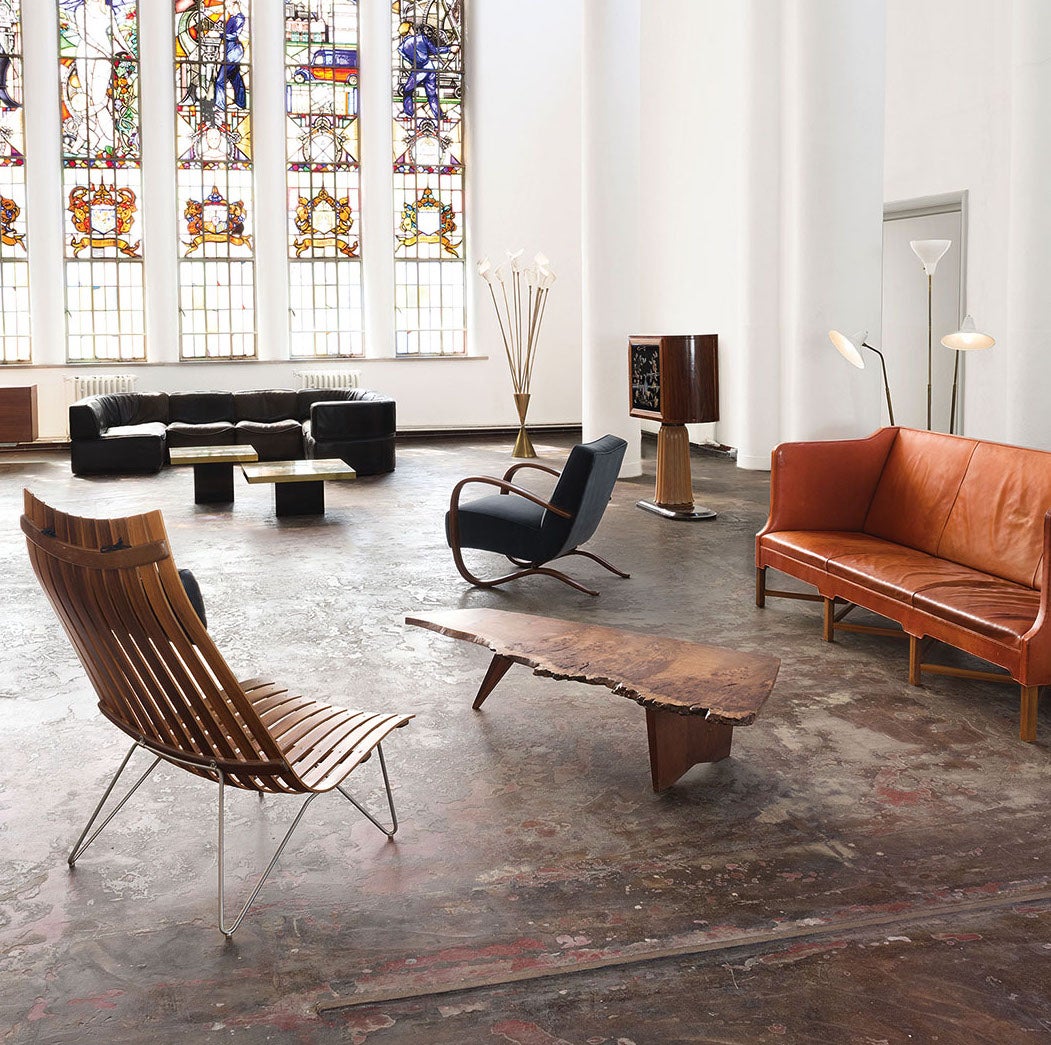
Established in 2006, Morentz has a team of approximately 55 restorers, upholsterers, interior advisers and art historians, making it a gallery, workshop and upholstery studio, all in one. Every day, a carefully selected array of 20th-century furniture arrives from all over the world at the firm’s warehouse, where the team thoroughly examines each piece to determine what, if any, work needs to be done. Whether that means new upholstery or a complete restoration, Morentz's aim is always to honor the designer’s intention while fulfilling the wishes of the client. The team is up to any challenge, from restoring a single piece to its original glory to furnishing a large-scale hotel project.
More From This Seller
View AllVintage 1950s Italian Mid-Century Modern Dining Room Chairs
Brass, Iron
Vintage 1950s Italian Mid-Century Modern Dining Room Chairs
Brass, Iron
Vintage 1970s Italian Post-Modern Dining Room Tables
Carrara Marble
Vintage 1970s Italian Post-Modern Dining Room Tables
Marble
Mid-20th Century European Mid-Century Modern Dining Room Sets
Carrara Marble, Brass
Vintage 1950s Italian Mid-Century Modern Dining Room Tables
Marble, Bronze
You May Also Like
Vintage 1970s Italian Mid-Century Modern Dining Room Tables
Carrara Marble
Late 20th Century Italian Post-Modern Dining Room Tables
Carrara Marble
Vintage 1970s Italian Mid-Century Modern Dining Room Tables
Carrara Marble
Vintage 1980s Italian Mid-Century Modern Dining Room Tables
Carrara Marble
Mid-20th Century Italian Mid-Century Modern Dining Room Tables
Carrara Marble
Vintage 1970s Italian Mid-Century Modern Dining Room Tables
Marble
